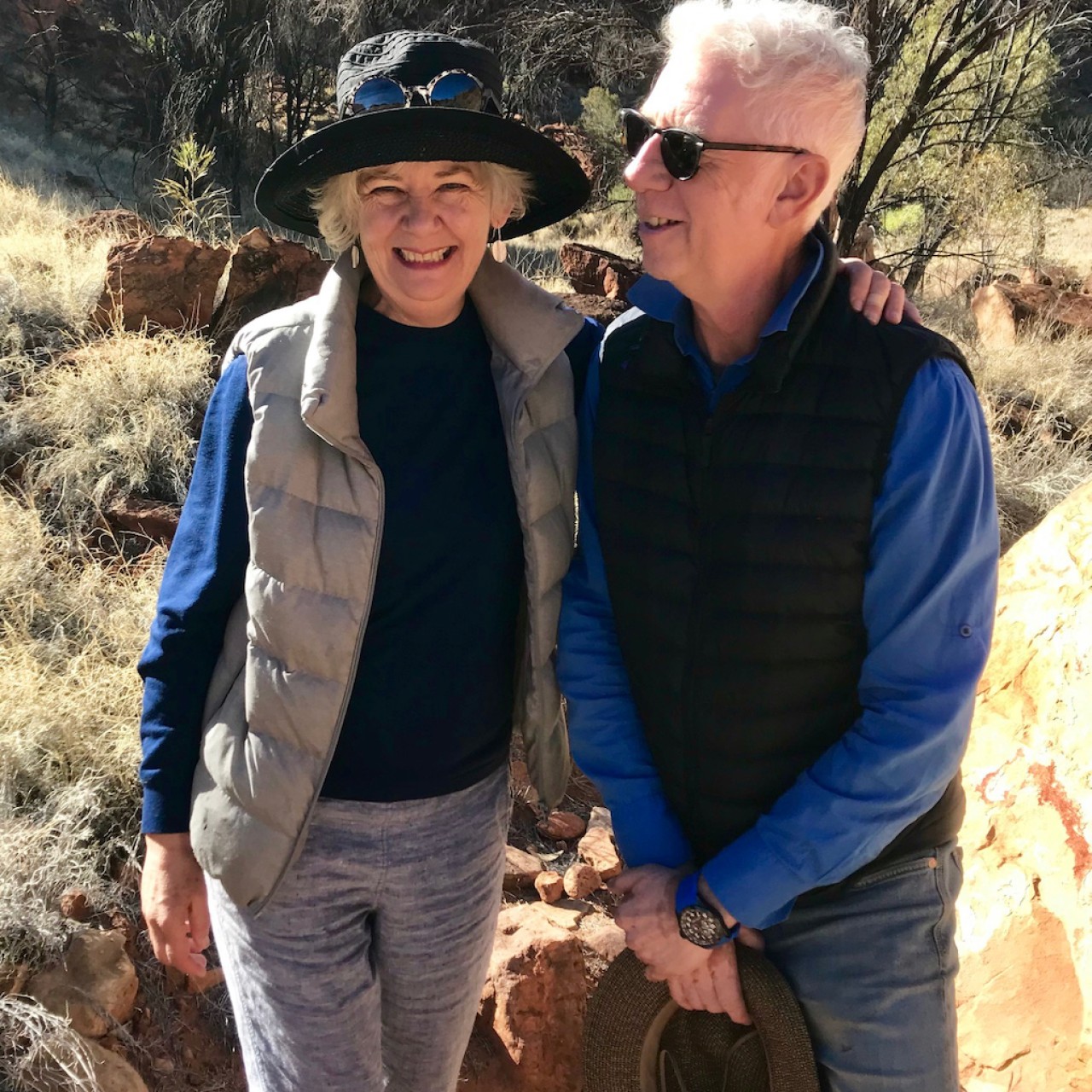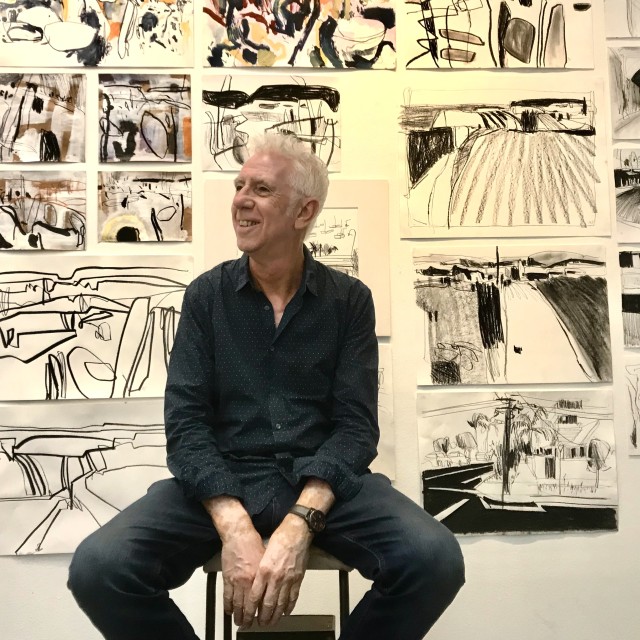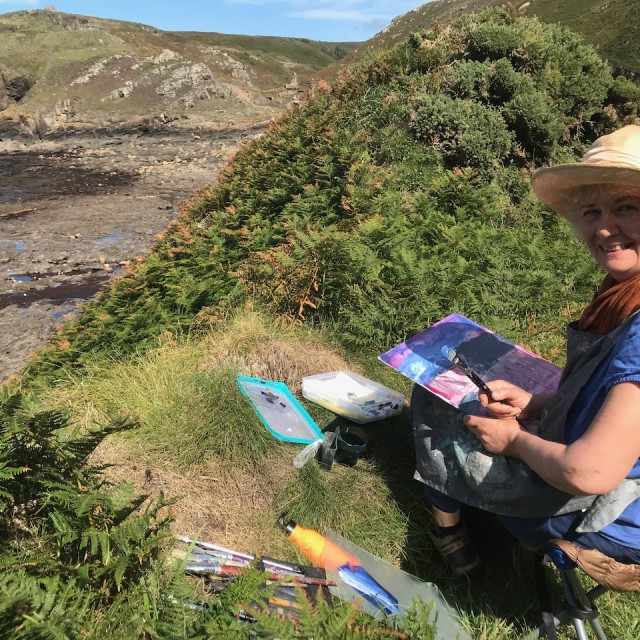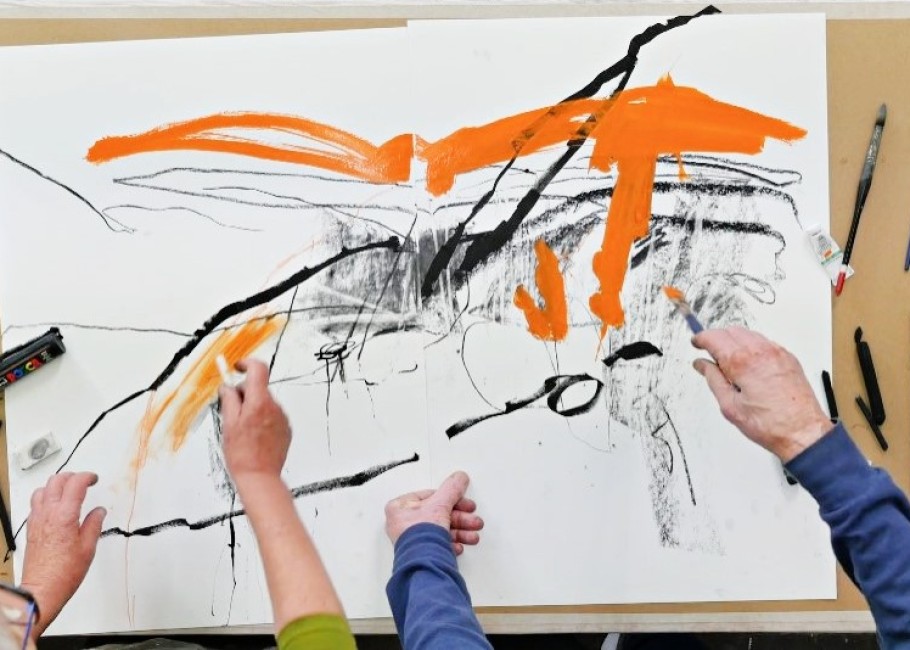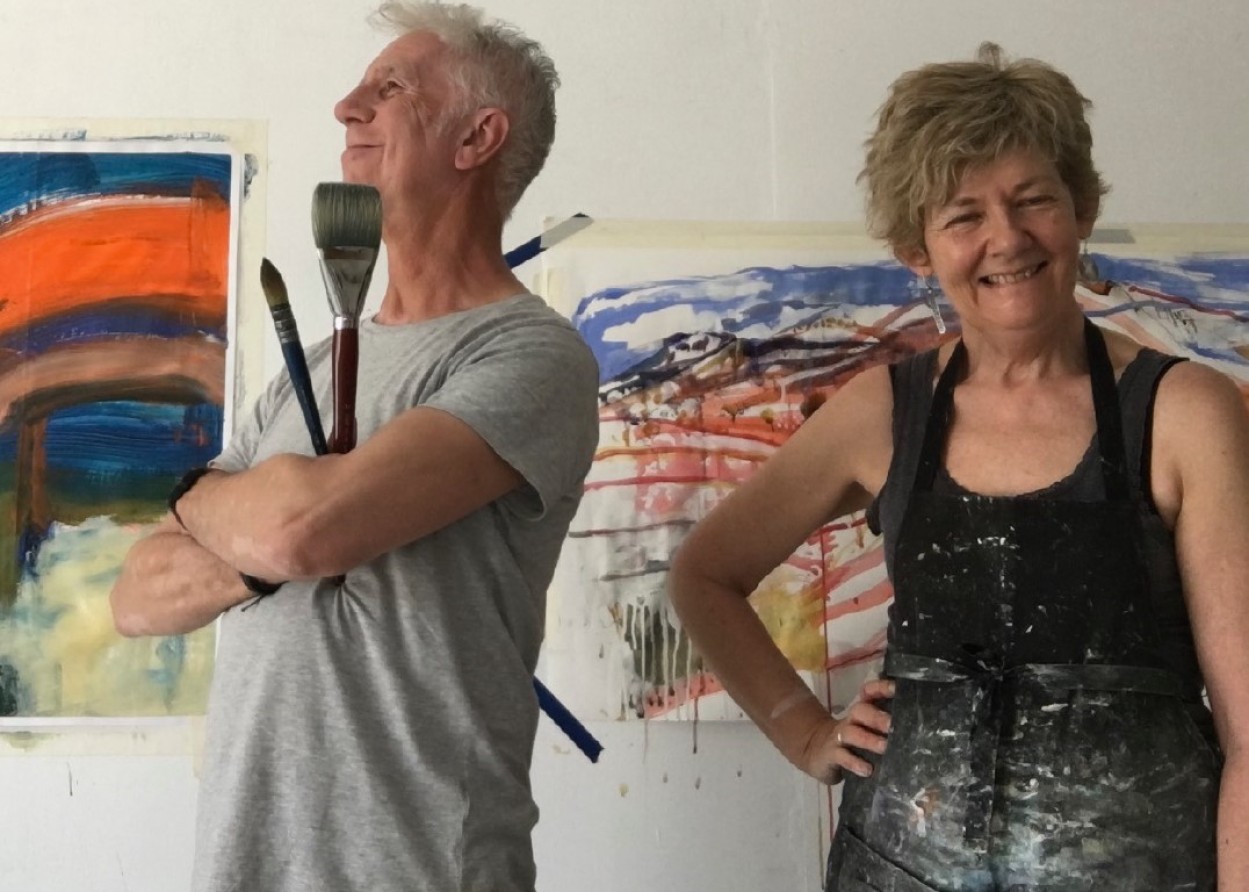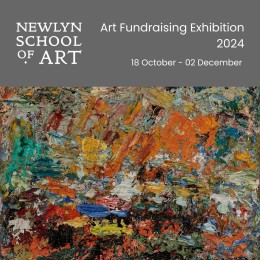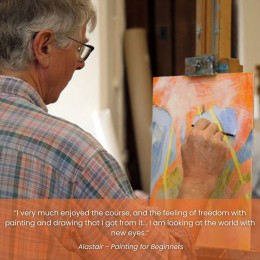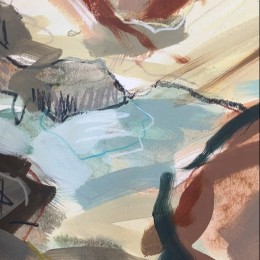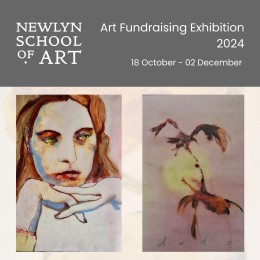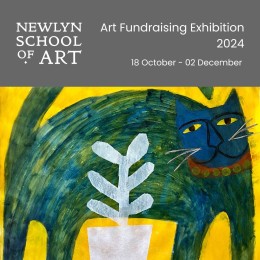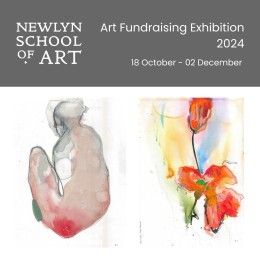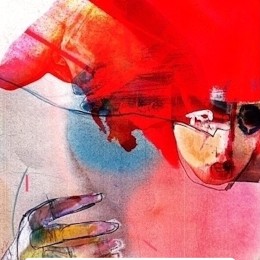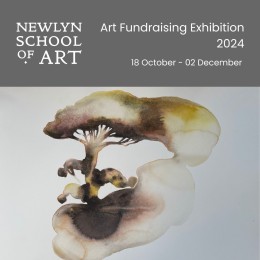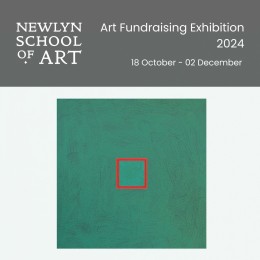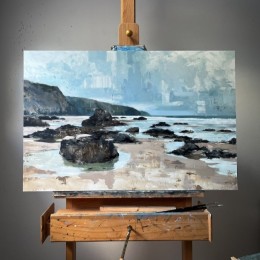Debbie Mackinnon and Mike Staniford
Sydney-based landscape artists Debbie Mackinnon and Mike Staniford visited Newlyn for a residency in the Summer of 2024. During this time here at Newlyn School of Art, they created their Conversations with Landscape Online course and filmed a live talk 'Two artists, One journey', covering their careers, painting practices and travels.
Here is a catalogue from Mike Staniford, on his latest solo show, Unseen Landscapes.
Debbie Mackinnon
Walking and drawing outside in wild places is fundamental to my creative practice. Turning on my observational eye is a conscious choice – finding unexpected glimpses of colour, the effects of rapidly changing light and weather on land, sky and sea and constantly shifting around to find interesting perspectives. I am a landscape painter, but with an abstracted edge. My works are not ‘views’, but a combination of elements that I have observed, challenging the conventional notion of realism. There are multiple moments in almost all my works, nothing remains static for long in the landscape. I start outside on location, with quick energetic drawings and paintings– exploring with mark making, as drawings always leave me with powerful memories. More finished works develop more slowly in the studio. The process is intuitive and the outcome unknown, so I value the energy triggered by the constant experimentation I need to bring to each painting. The need for the human spirit to be connected to the natural environment is more relevant than ever; my work aims to bring the ‘outside in’. Everything just feels better when immersed in nature.
Mike Stanisford
I begin by making field studies, quick sketches, a sort of visual shorthand that help me to assess a landscape on so many levels. These are mostly black and white, often with whatever pencil or pen I happen to be carrying. In this way I decide what to leave out, what to alter or exaggerate, where the emotion of the scene really lies, and what is it I want to convey. Sometimes I make quick paintings in gouache or acrylic and make quick paintings - and surprisingly they end up being amongst my favourites for their sheer spontaneity - or they might sit in the studio for days or weeks until I think about how they inform my next piece of work.
These studies are all the reference I need to develop a larger work in the studio. I’m not interested in perfection. I don’t want to create an accurate picture of a scene. I want to make a work that entertains, arrests or even unsettles the viewer. My starting point is to use large brushes and palette knives and to apply paint liberally, on to canvas or board, one eye always on my field studies, to recollect how the five senses perceived the landscape that day. The painting builds from there until the moment when I let go of my original idea and the painting assumes an identity all its own. Then I don’t hold it back.
I want to encourage artists to draw differently. I’ve come to realise that so much happens with hand/eye coordination when you draw consciously. I am going to encourage artists not to seek perfection but to create alternative interpretations. To use implements that they are less familiar with, to see hills and contours as competing shapes and forms. To draw fast and let their pens and brushes dance across the paper. My tutorial is entitled ‘To have a conversation with the Landscape.’ By that I mean getting closer to it as opposed to simply observing it. Not to copy accurately but to portray some of its underlying qualities. I guess I’m asking them to suspend their beliefs in some way, to sacrifice their need for realism and logic for the sake of enjoyment.
